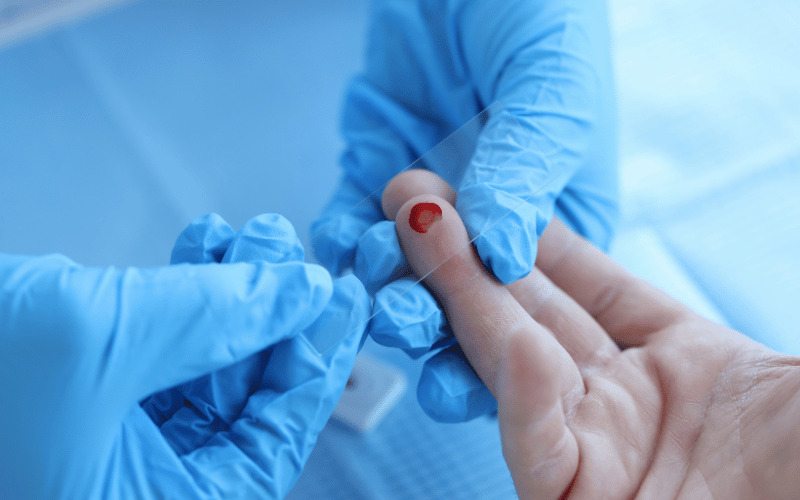3. The Testing Procedure for HbA1c

HbA1c testing is a straightforward and crucial process for monitoring long-term glucose control, especially for those managing diabetes. The procedure involves drawing a small sample of blood, which can be done through a finger prick or from a vein in your arm. Unlike other blood glucose tests, fasting is not required for HbA1c, making it a convenient option for many.
The simplicity of the test is one of its significant advantages. You don’t need to make any special preparations, such as fasting or adjusting your diet, which is required for some other forms of blood glucose testing. This ease of testing encourages more people to get their HbA1c levels checked, leading to better diabetes management and control.
Once the blood sample is collected, it’s sent to a laboratory for analysis. The lab uses specific techniques to measure the percentage of glycated hemoglobin in relation to the total hemoglobin. The result is then relayed back to the healthcare provider, who will interpret the findings and discuss them with the patient.
This process of testing and interpretation is a routine yet essential part of diabetes care. It provides invaluable insights into the effectiveness of the current treatment plan, indicating if any adjustments are necessary. For the patient, understanding this procedure demystifies the process, making them more likely to engage in their care actively. (3)